(To Quoc) - Com (Vietnamese rice flakes) are made from a precious rice variety, with a deep green color, soft grains, and a slightly bitter aftertaste characteristic of the Tu Le region.
Executed by: Bao Trung | December 9, 2024
(To Quoc) - Com (Vietnamese rice flakes) are made from a precious rice variety, with a deep green color, soft grains, and a slightly bitter aftertaste characteristic of the Tu Le region.

Tu Le commune, Van Chan district, Yen Bai province is famous for its distinctive glutinous rice variety. Around the end of September and beginning of October, the rice begins to ripen to a golden yellow on the terraced fields.
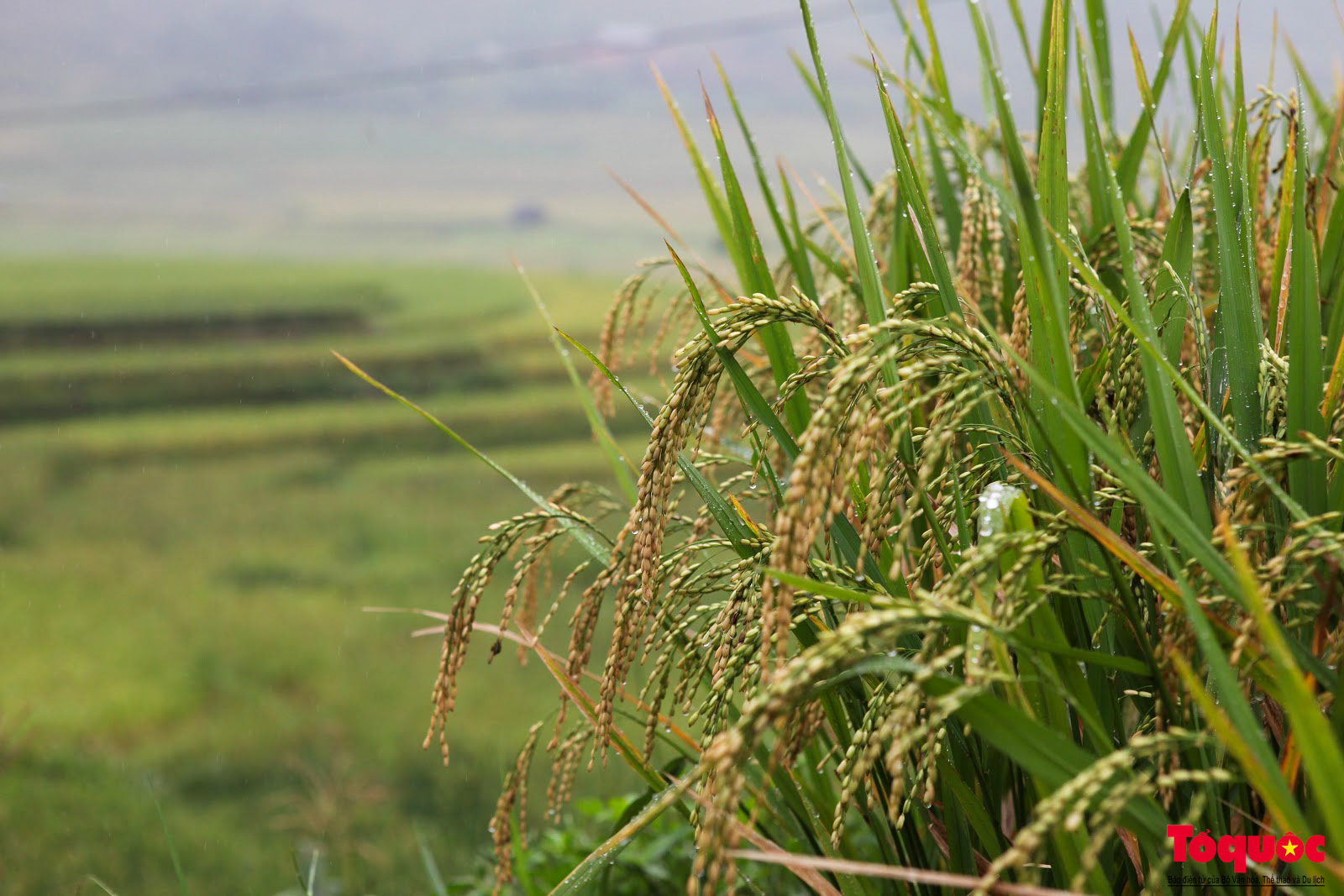
In the village, the rhythmic sound of pestles and mortars is preparing to produce batches of Tú Lệ rice flakes, renowned far and wide.

The Thai ethnic people in Yen Bai still make green rice flakes using traditional methods. The rice is harvested early in the morning, then soaked in cold water to remove any empty grains. The rice used for making green rice flakes must be in the bending stage, with a little milk still in the grain, a slightly yellowish husk, and the rice grains not yet fully ripe.
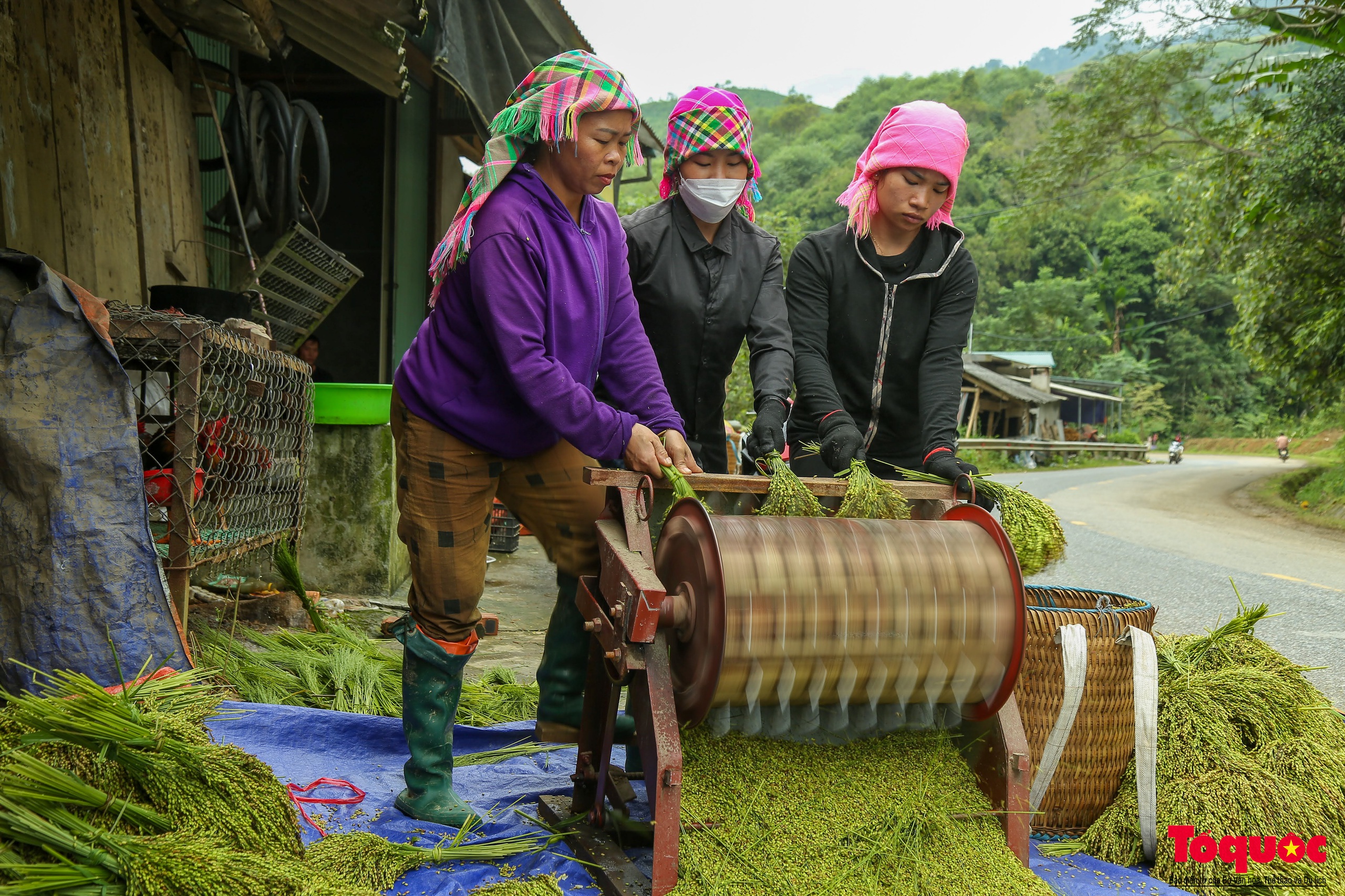
The harvested rice must be processed on the same day.
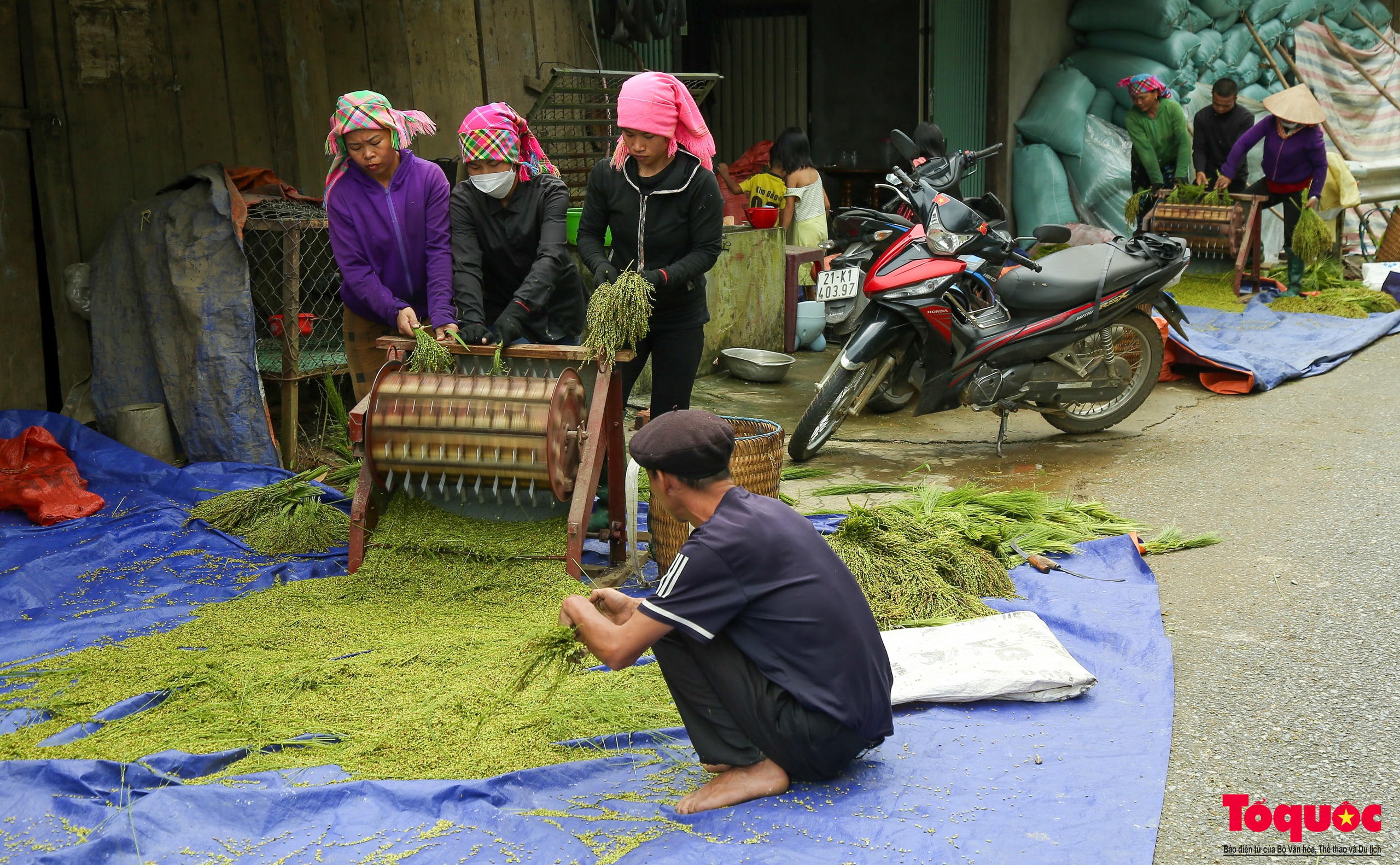
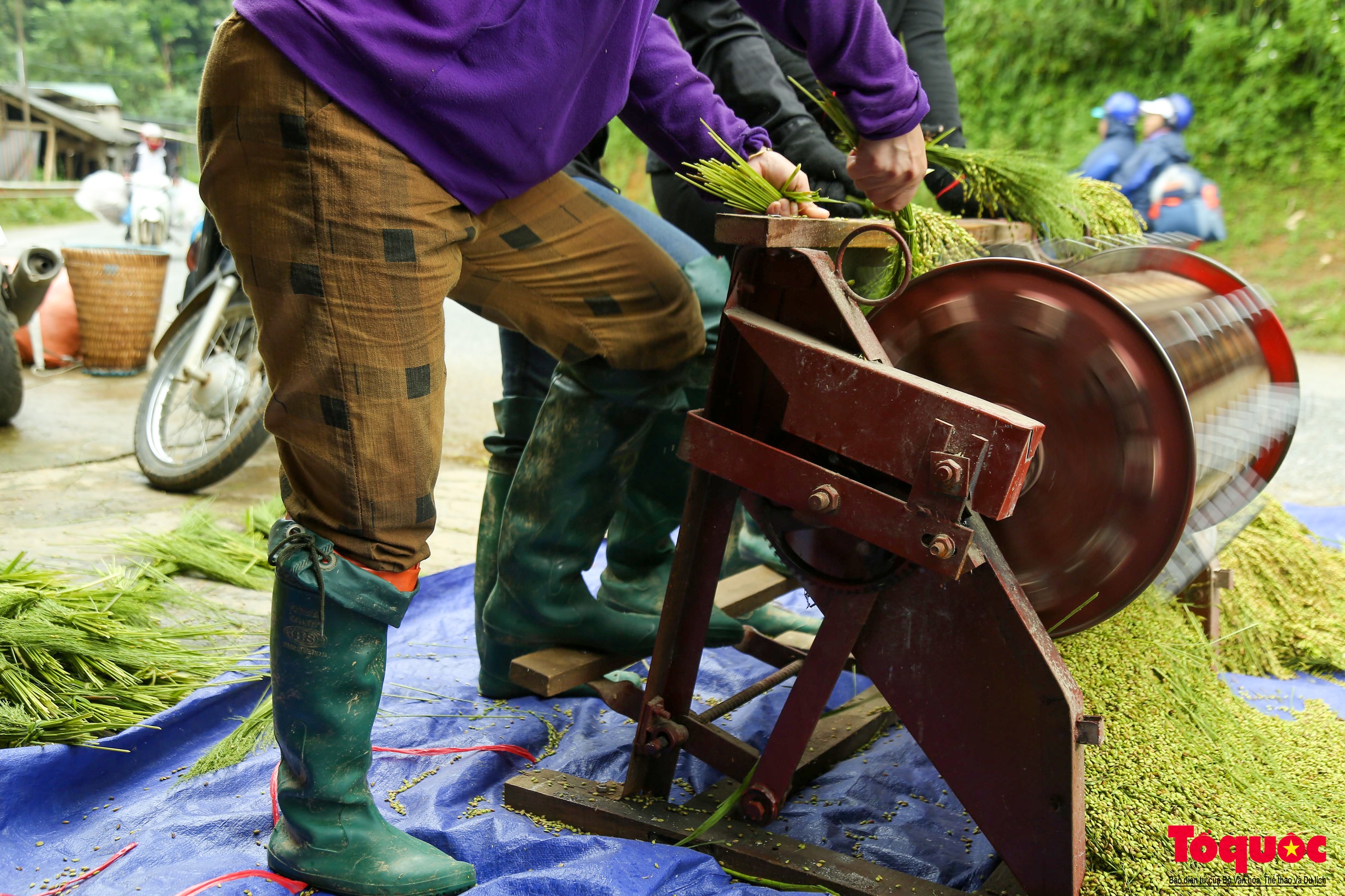
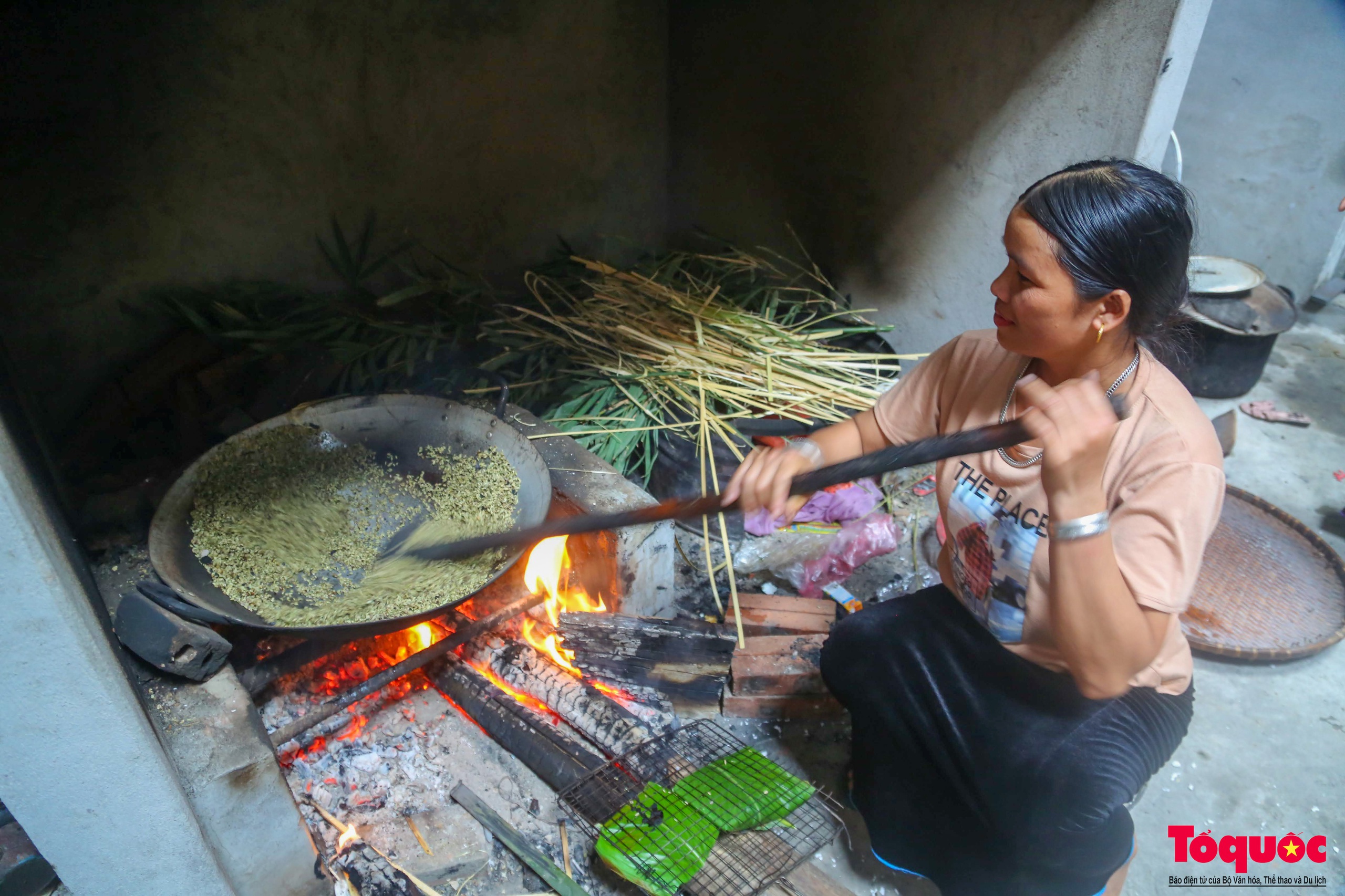
After removing the underdeveloped grains, the rice is roasted in a large pan. The fire must be maintained evenly for about 30 minutes until the grains crack and release a fragrant aroma. According to Thai tradition, this is a crucial step that determines the deliciousness of the rice flakes, because if the heat is too high, they will become hard, and if the heat is too low, they will lose their chewiness.
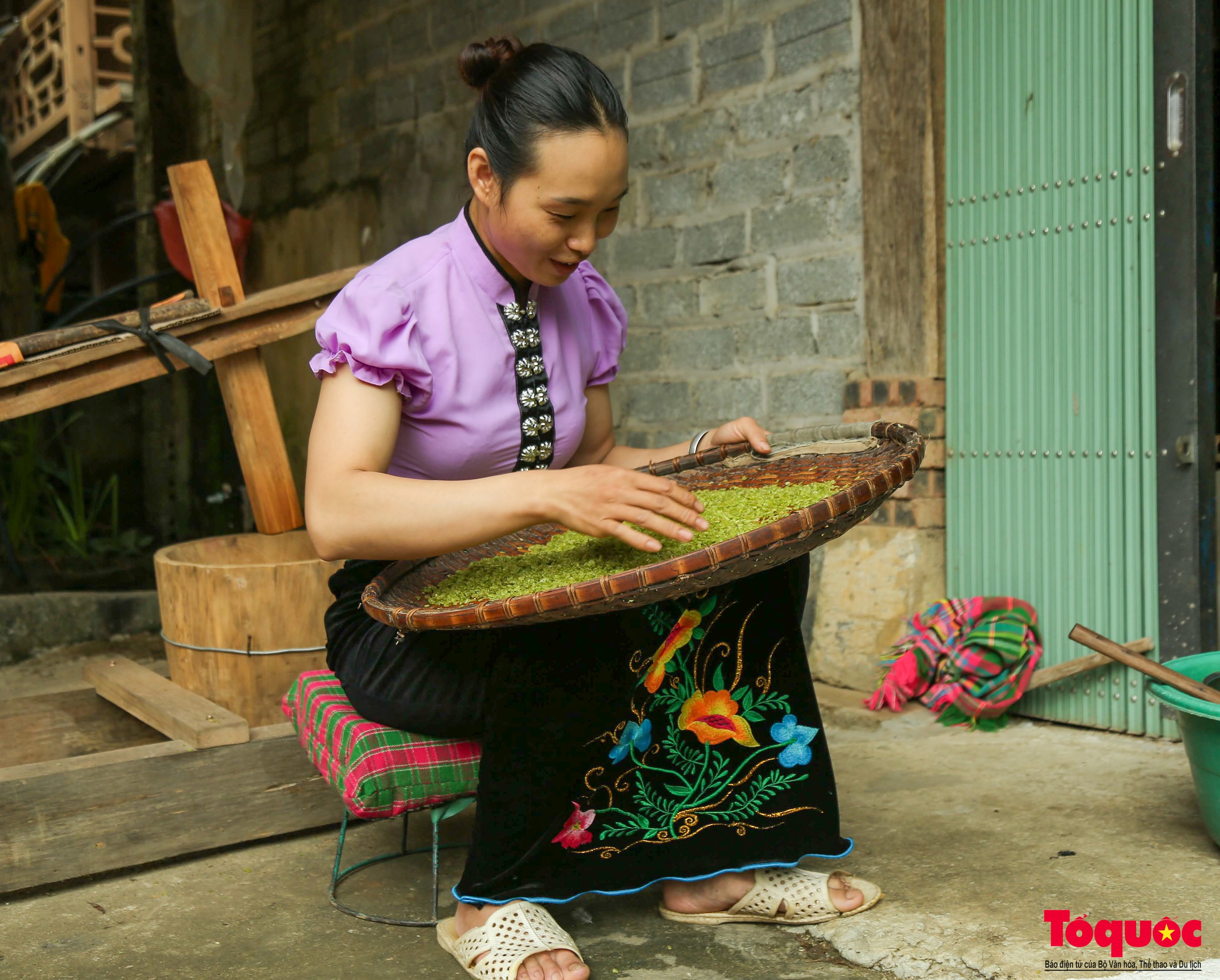

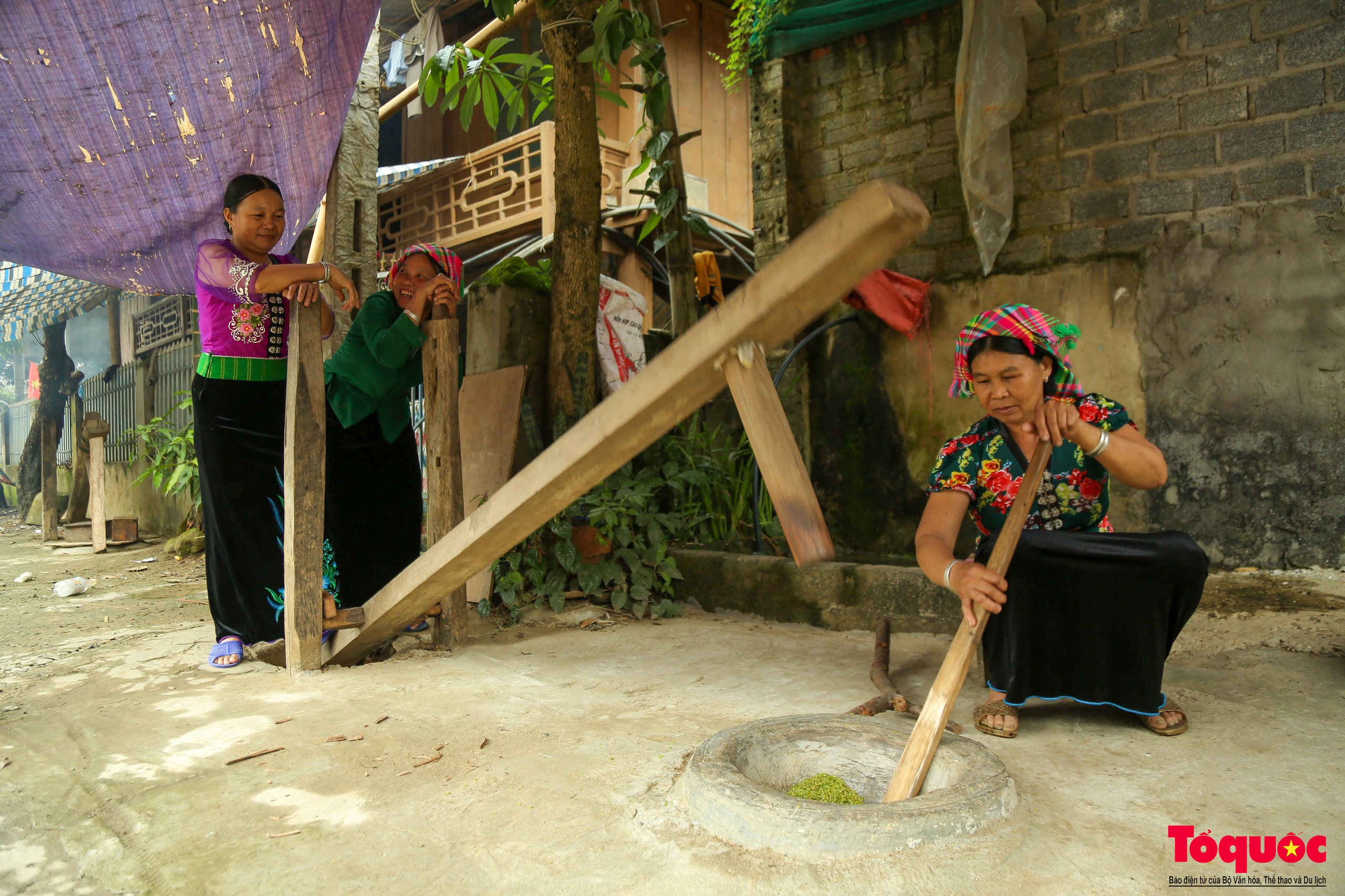
Roasted rice, after cooling, is pounded in a stone mortar. All stages of making Tú Lệ rice flakes are done manually. On average, a family of three in Nà Lóng village can make about 20 kg of rice flakes per day.

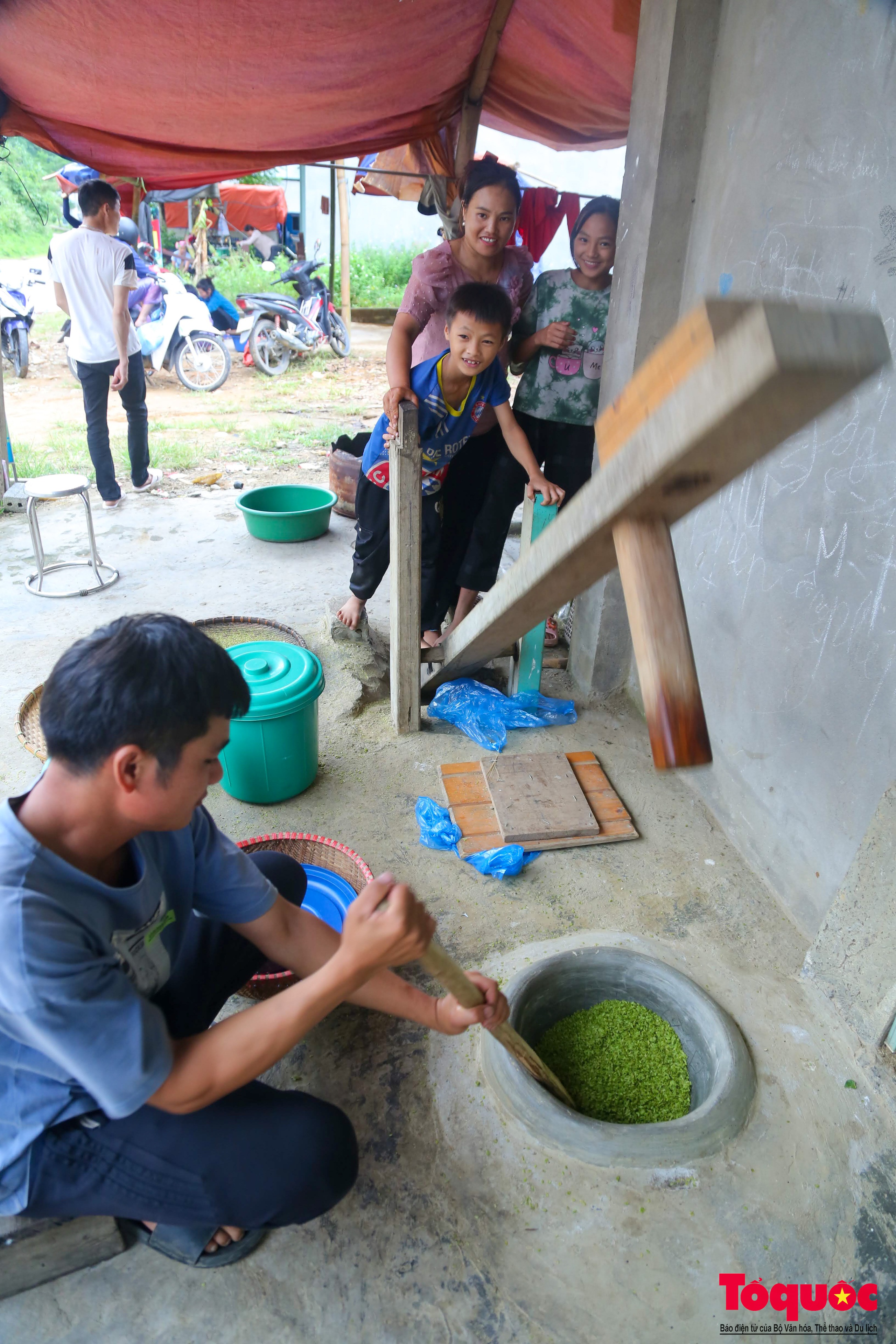
The process of pounding the rice flakes is done simultaneously by two people. One person taps the pestle while the other uses a large chopstick to stir continuously. The person pounding must keep a steady rhythm, not using too much or too little force, and the person stirring must coordinate their movements smoothly to ensure the rice flakes are pounded evenly.

Once the husks have cracked off the rice, the puffed rice is scooped out of the mill to be winnowed. This process is repeated until the puffed rice grains are flat, round, and free of husks.
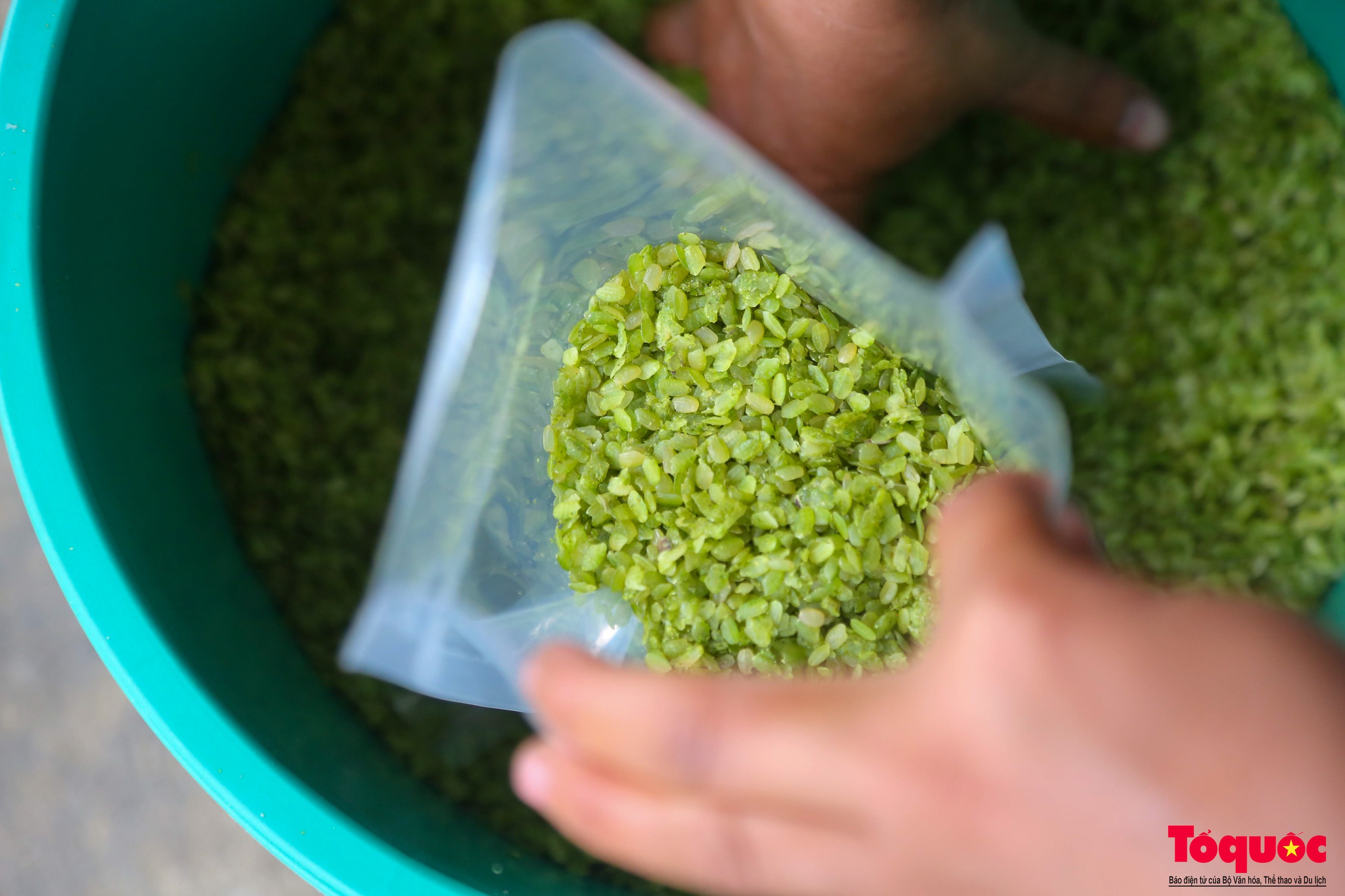
Tu Le green rice flakes have a distinctive bright green color from the rice variety. They are best eaten immediately after they are made. The grains are soft, chewy, fragrant, and have a slightly bitter aftertaste that then turns into a refreshing and slightly sweet flavor. Green rice flakes are often eaten with persimmons, bananas, or used in duck porridge, sticky rice, sweet soups, and savory dishes such as green rice flake patties and fried spring rolls.
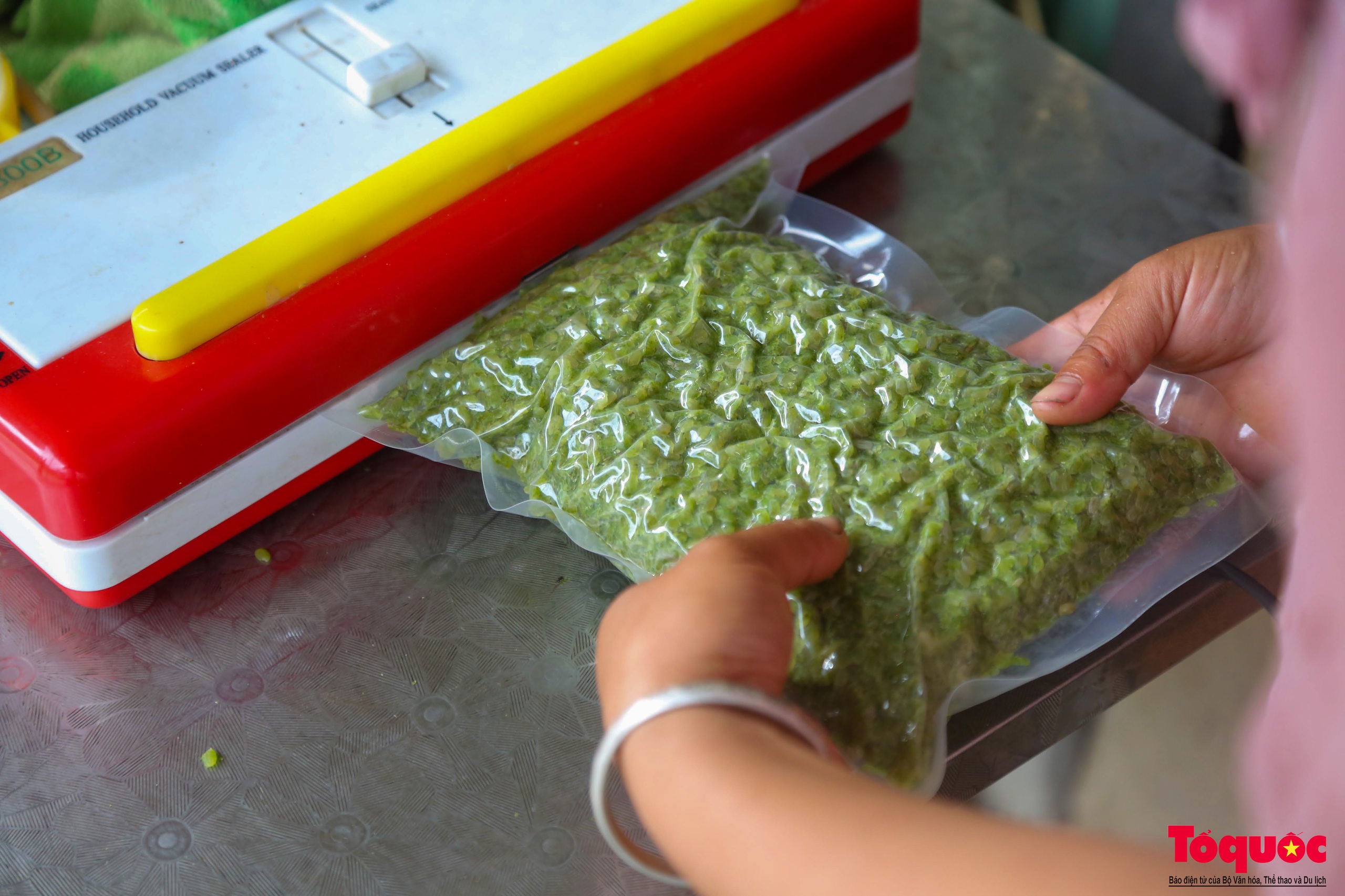
The Thai people in Tu Le often make sticky rice flakes (com) to offer to their ancestors and for personal consumption. Nowadays, Tu Le sticky rice flakes have become a famous specialty. Tourists can vacuum-seal and package them as souvenirs. One kilogram of sticky rice flakes costs approximately 120,000 VND if purchased directly from locals.
Source: https://toquoc.vn/com-tu-le-qua-cua-nui-rung-tay-bac-2024120911002896.htm



![[Photo] Enchanting ancient rose garden on the mountainside in Nghe An](/_next/image?url=https%3A%2F%2Fvphoto.vietnam.vn%2Fthumb%2F1200x675%2Fvietnam%2Fresource%2FIMAGE%2F2025%2F12%2F19%2F1766109900916_vuon-hong-chin-do-thu-hut-du-khach-toi-check-in-o-ha-noi-3-20162778-1671624890024-1671624890104198100259.jpeg&w=3840&q=75)
![[Photo] General Secretary To Lam visits the exhibition space showcasing books, photo exhibitions, and achievements of digital transformation in journalism.](/_next/image?url=https%3A%2F%2Fvphoto.vietnam.vn%2Fthumb%2F1200x675%2Fvietnam%2Fresource%2FIMAGE%2F2025%2F12%2F19%2F1766110879215_1766110240024-jpg.webp&w=3840&q=75)


















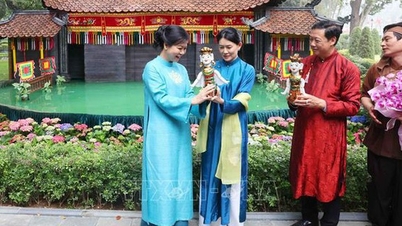

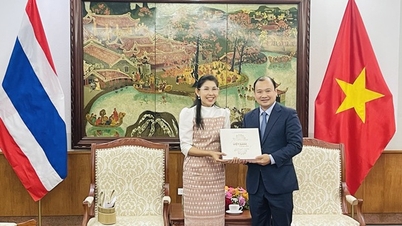




































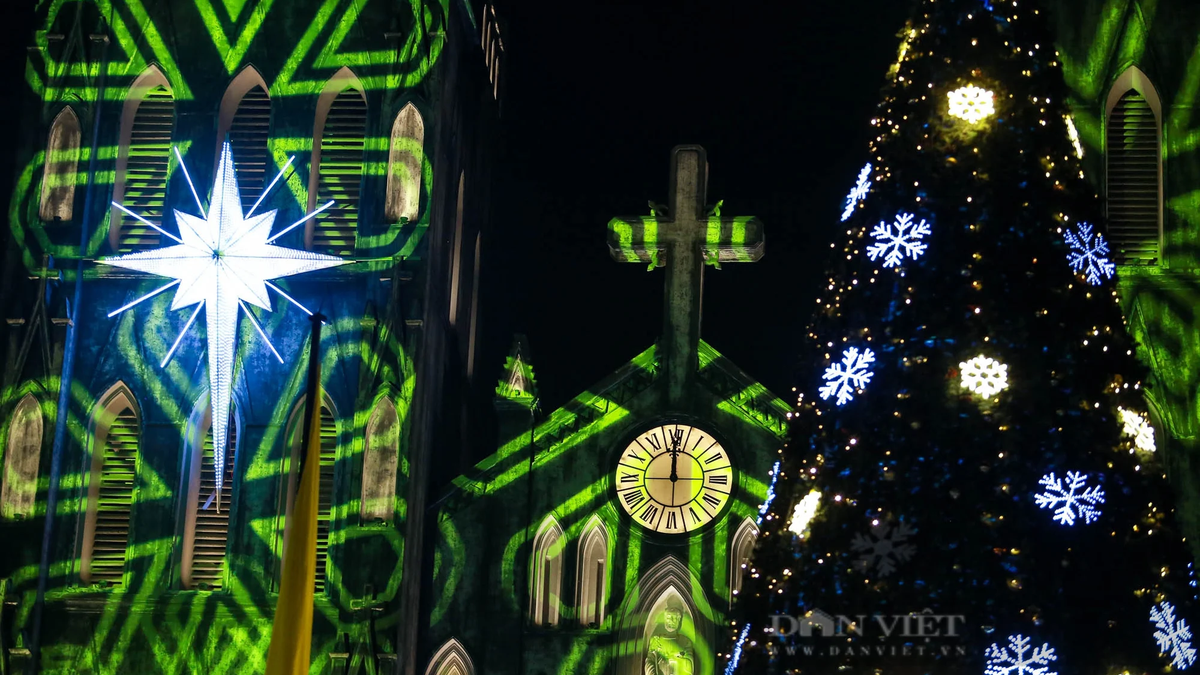





































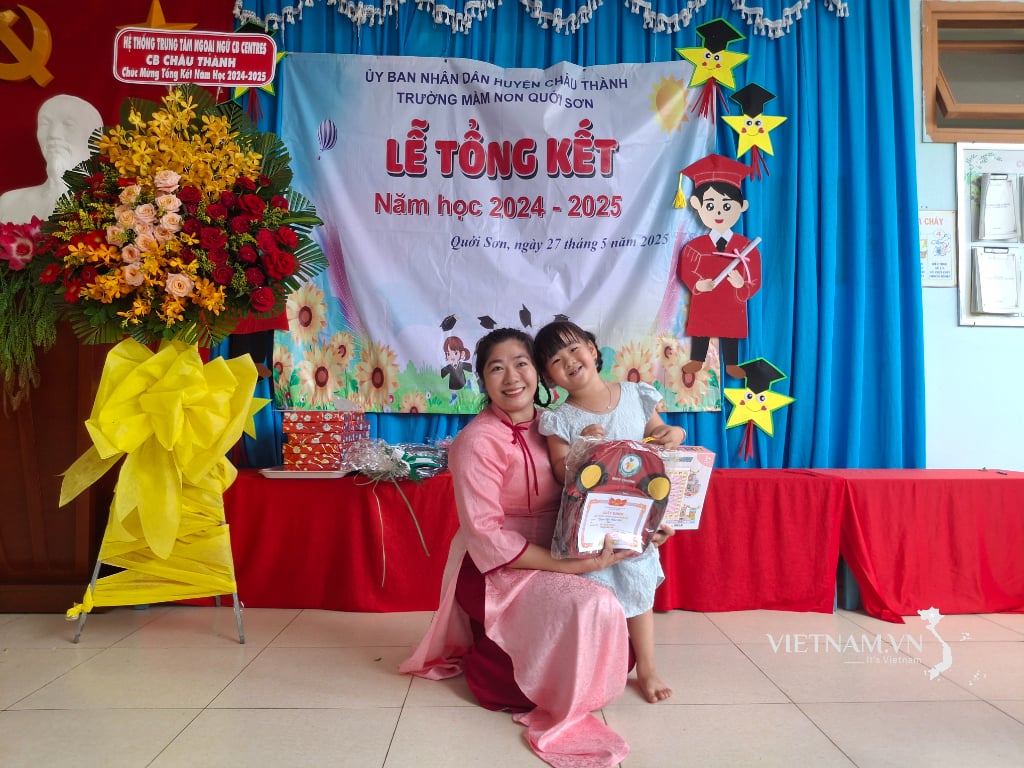
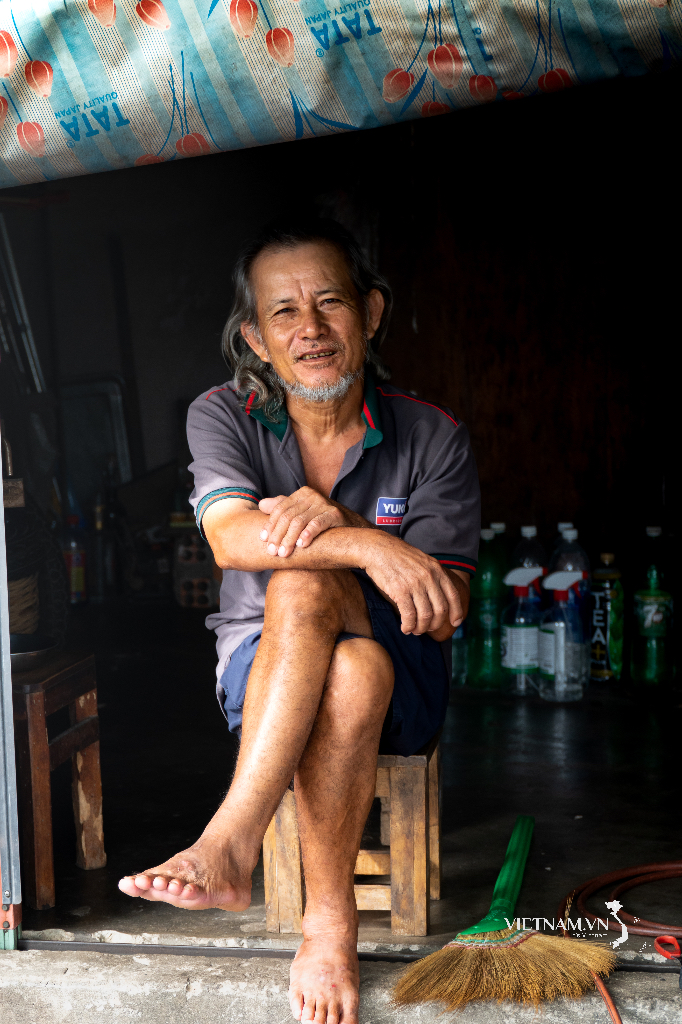

Comment (0)